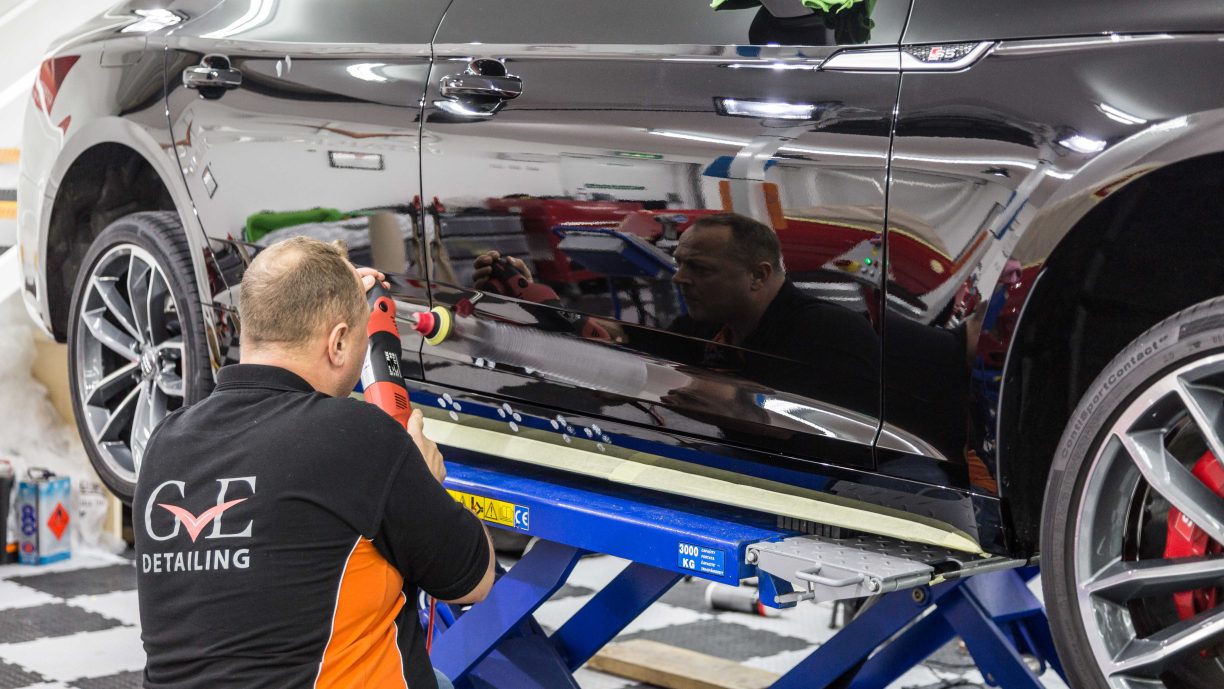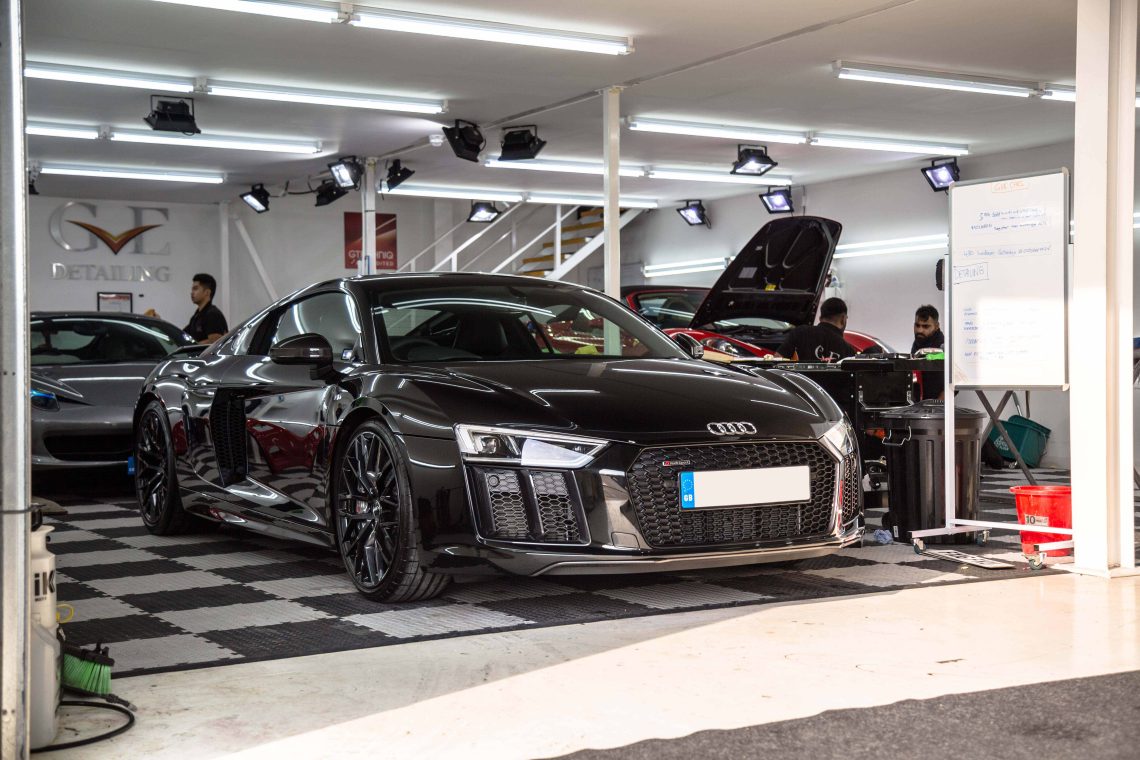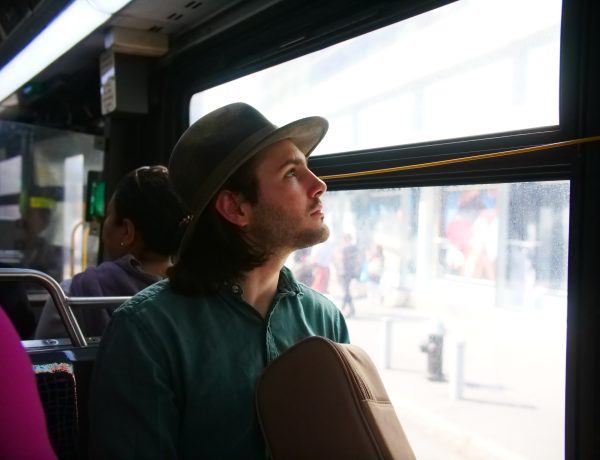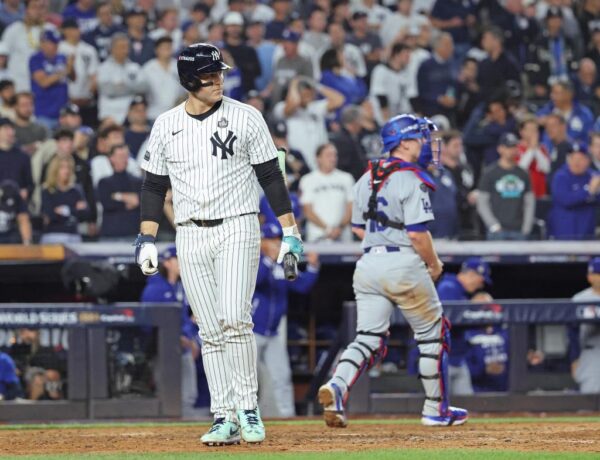Supercars can be defined as the top vehicles on the road when it comes to both beauty and power. Regrettably, even these works of art are not spared from experiencing some torso harm. Whether the damage done to the car is a scratch or a crash, fixing a supercar must be done by people with adequate expertise and tools. In this blog, the detailed work of fixing the body damage on supercars to warrant the return of these fast cars shall be discussed.
Assessing the Damage
Any repair work has to be preceded by a clear evaluation of the extent of the damage with car detailing services. This preliminary procedure requires an assessment from highly trained mechanics who are aware of the construction features of supercars and their components.
Visual and Structural Inspection
Visual checks enable technicians to note external damages on cars with eventualities such as scratches, dents, and harm to the car’s paint. They also include a structural assessment survey to determine other problems that might not be easily observed. It helps in elaboration of all the damages, as it provides a complete picture of the situation.
Diagnostic Tools and Software
Contemporary motorsports use sophisticated technology, meaning that to determine a car’s state, it has to be connected to diagnostic equipment and applications. These aid in establishing conditions of the electronic and mechanical systems that an impact may have caused.
Disassembly and Preparation
After damage assessment with the help of Supercar detailing, the following process is to dismantle the parts of the vehicle that have been damaged. This process is delicate and precaution has to be observed not to cause more harm than it is sought to achieve.
Removing Damaged Components
Technicians are very selective while dismantling the areas that need repair, such as panels, bumpers, and lights. This is a crucial step since exposure to the underneath structure requires proper fixing, which can only be made possible after this step.
Preparing the Surface
Nevertheless, surface preparation is the prerequisite for any further work on strengthening the weakened structures. This comprises scraping the area and washing it, then taking off all the dirt and smoothing it by sanding it. Surface preparation is critical for finishing to get the best results.
Repairing the Body Damage

The interesting part is when the repair phase begins. Professionals employ several methods to restore the supercar’s body to its pristine shape.
Dent Removal
Fine dings can be hammered back into place with tools without harming the car’s paintwork. This makes the technique, referred to as paintless dent repair, suitable for retaining the automobile’s initial appearance.
Panel Replacement
These panels are, in most cases, brought from the manufacturers, and in cases where the dent cannot be removed, new ones are installed. Such panels are usually ordered to the size of a specific car and are, therefore, shaped to fit appropriately into the car model in question.
Welding and Fabrication
Cars used for racing may be made of light metals like aluminium and or carbon materials such as fibres. To repair these materials some form of welding and fabrication skills are needed. These reshaping must be done carefully and technicians should also make sure that they do not affect the structural outlook of the vehicle.
Painting and Finishing
The process of Paint Protection Film (PPF) and finishing entails several procedures that help protect your supercar and mix the repaired region with another area of the car.
Colour Matching
Getting the right replica of a supercar’s paint colour is a whole lot different. The technicians apply sophisticated colour-matching tools to guarantee that the new paint is an exact match to the old colour. That entails preparing different custom paint compositions and assessing how they perform under different lights.
Primer and Base Coat
After that, the brightness is equalised, and the repaired areas receive a precoat. A base coat is then applied to the surface. This creates a bond between the paint and the car’s surface so that the paint sticks well to the car, and the base coat creates the base colour from which the final colour is obtained.
Clear Coat and Polishing
Ultimately, a clear coat is applied after the base coat to give it protection and a glossy look. After the clear coat has been applied, all the imperfections are removed when it is polished to a mirror-like finish.
Reassembly and Quality Control
Finally, technicians professionally replace every part that they had previously removed, sifting it into the car securely with no faults. This step must be thoroughly carried out without any hitches that could lead to other problems.
Conclusion
The work of repairing damages on a supercar body is very delicate, requiring a professional approach, skills, and tools. Every process performed from the moment when the supercar is estimated after the accident up to the moment when the car is inspected for any flaws and blemishes, and the bodywork is polished is considered a vital one for the overall process of returning the car to its pre-accident state. These supercar transformations indicate that regardless of the feeling of hooliganism, with the right know-how and finesse, any dented supercar can easily be restored to its showroom condition.
Read more lifestyle articles at ClichéMag.com
Images provided by Deposit Photos, BingAI, Adobe Stock, Unsplash, Pexels, Pixabay & Creative Commons





